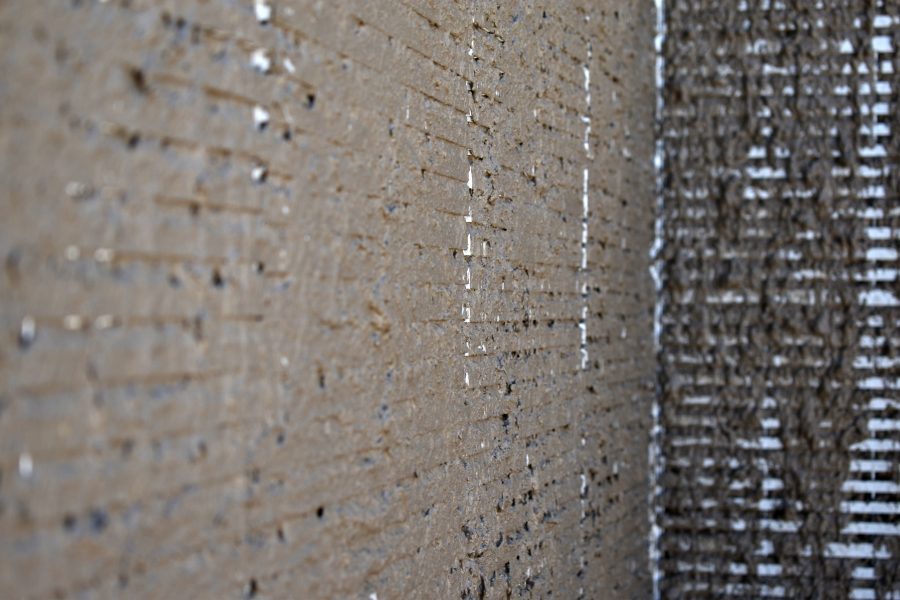
Concrete is so integral to our communities because it is the only building material that is offered profitably. It is simply the most versatile building material in the world.
Here are more details:
The lowest carbon footprint
Concrete’s unparalleled durability, energy efficiency, and complete recyclability, combined with industry innovations such as low-carbon limestone cement, carbonated concrete, or concrete cured with CO2 instead of water, help make it the material of construction with less carbon over the life cycle of a structure or pavement.
Strong, durable and low maintenance
Concrete lasts decades longer than alternative building materials, and it actually gets stronger over time. This reduces the total cost of ownership, as well as the environmental impact associated with more frequent rehabilitation or reconstruction.
Elastic
Concrete will not burn, rust or rot. It is resistant to fire, wind, water, vibration and earthquakes, keeping people safer and reducing costs. In the wake of extreme weather events, concrete structures have proven to be the most resilient.
Energy efficiency
Concrete Buildings: Concrete’s ability to store energy (its thermal mass) helps moderate indoor temperature conditions, reducing a building’s heating and cooling use over its lifetime by up to 8%.
Concrete pavements are also energy efficient in several ways. Studies show that over a 50-year period, the primary embodied energy required to build, maintain, and rehabilitate concrete pavement is one-third that required for asphalt pavement. The rigid surface of concrete pavements helps reduce fuel consumption and related energy emissions by heavy trucks and other vehicles by up to 7%. And its light color helps reduce the heat island effect, which lowers cooling requirements, while reducing exterior lighting requirements at night by up to 24%.
No emissions
A completely inert substance when cured, concrete is literally emission free and will not emit any gases, toxic compounds or volatile organic compounds.
Versatile
While strong and functional when hardened, concrete’s plasticity when freshly mixed allows designers to adapt it to any shape, surface and texture imaginable. Innovations such as ultra-high-performance concrete (UHPC), photocatalytic concrete, and pervious concrete are also enabling new and creative uses, and new ways to address a host of sustainability challenges.
Ideal for adaptive reuse
Due to concrete’s strength, sound attenuation, and fire resistance, concrete buildings can be easily converted to other occupancy types during their lifetime. Reusing buildings in this way can help limit urban sprawl and further contributes to conserving our resources and preserving the environment.
Economic
Thanks to their durability, strength, low maintenance requirements, and energy efficiency, concrete structures reduce operating costs related to operational energy consumption, maintenance, and reconstruction after disasters.
Concrete pavements are also cost effective on a first cost and life cycle cost basis, requiring only one-third the maintenance that a comparable asphalt road would require over a 50-year lifespan.
100% recyclable
Concrete can be recycled as aggregate, for use as a sub-base material, for gabion walls, as ripstops for shoreline protection or in other applications, or as a granular material, thereby reducing the amount of material that goes into landfills. and Need for virgin materials in new construction.
Locally produced
Concrete is typically manufactured within 100 miles of the project site, using local resources. This greatly minimizes shipping and pollution and contributes significantly to the local economy.

